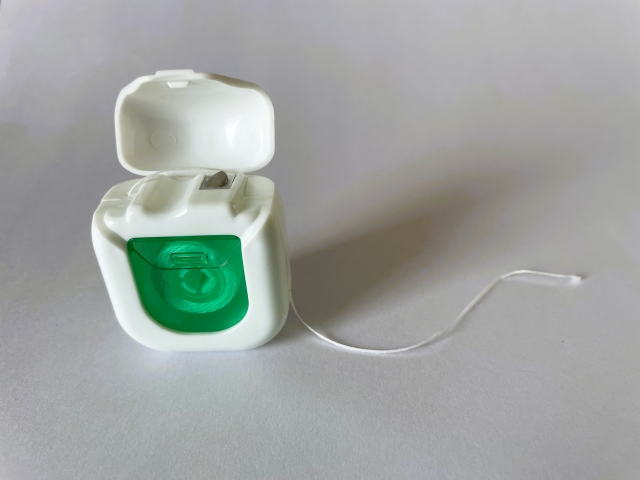Summary of this article
This article describes the effects of using toothpaste-contaminated toothbrushes for DNA collection. While toothpaste itself is unlikely to have a significant negative impact on DNA, residual components may affect DNA extraction and amplification. To obtain a suitable sample, it is important to remove the toothpaste lightly, collect and submit the sample promptly, and it is recommended that the instructions of the professional institution be followed.
The impact of toothpaste on DNA collection is an interesting topic that lies at the intersection of the act of brushing one’s teeth as part of daily life and scientific DNA analysis. There is often debate among the public and experts on the extent to which toothpaste affects DNA samples, especially when DNA collection is performed using toothbrushes in forensic and genetic testing. This article details how toothpaste can affect DNA collection and how to properly collect DNA samples.
1. Ingredients in toothpaste and their effect on DNA
First, it is important to understand how the ingredients in toothpaste affect DNA. Common toothpastes contain chemical ingredients such as fluoride, silica, foaming agents, preservatives, and flavoring agents. While many of these ingredients are helpful in maintaining dental health, from a DNA collection perspective, certain ingredients may have some effect on the DNA sample.
For example, it has been noted that high concentrations of residual preservatives and foaming agents can adversely affect the quality of DNA samples. In particular, in the technique for amplifying DNA called PCR (polymerase chain reaction), the presence of chemicals can inhibit the enzyme and risk inaccurate amplification. This can result in incorrect test results or in insufficient DNA being amplified, making analysis difficult.
2. Role of saliva and oral cells in DNA collection
In DNA collection using a toothbrush, saliva and oral cells are the primary source of DNA. Oral epithelial cells (skin cells) and saliva contain large amounts of DNA, but in order to accurately collect these cells, the toothbrush should be clean. A small amount of toothpaste is usually sufficient to collect sufficient DNA from these cells.
However, using a toothbrush with a large amount of toothpaste on it carries the risk of contamination of the DNA sample with toothpaste components, resulting in the previously mentioned obstacles in DNA extraction and amplification. For this reason, it is recommended that toothbrushes be lightly rinsed to remove as much toothpaste residue as possible prior to DNA collection.
3. Effect of toothpaste residue on DNA quality
Next, we discuss the risks associated with using a toothbrush that has been left with toothpaste residue. Toothpaste contains abrasives and preservatives, and if left for a long period of time, these ingredients can accelerate cell degradation. Especially in humid environments, bacteria can easily multiply and accelerate cell degradation. This can degrade DNA and make analysis more difficult.
For example, if a toothbrush is stored as is after use for several weeks or months, the cells in the oral cavity may have already deteriorated and may not be sufficient in quantity or quality for DNA extraction. For this reason, it is important that toothbrushes used for DNA collection be submitted as soon as possible or properly cleaned beforehand.
4. Impact of toothpaste and risk of failure of DNA collection
Depending on the condition of the DNA sample, there may also be a risk of complete failure of DNA collection due to residual toothpaste; DNA is very fine and fragile, making it susceptible to chemicals and bacteria. If chemical components in the toothpaste destroy DNA strands or inhibit enzyme activity, the amount of DNA needed for analysis may not be sufficient.
In particular, DNA collection for DNA testing and forensic applications requires accurate sample collection, as mistakes are often not tolerated. Therefore, it is important to remove as much toothpaste as possible before collection or to follow procedures according to professional guidelines in order to minimize the risk of toothpaste affecting the sample.

5. Toothbrush handling for proper DNA collection
It is very important that the toothbrush used for DNA collection be handled with the correct procedure. Some pointers are listed below.
- Preparation: If a toothbrush is used for DNA collection, it is ideal to clean the brush beforehand, without using toothpaste. This avoids the risk of introducing extraneous chemicals into the DNA sample.
- Storage immediately after use: If DNA is to be collected immediately after brushing, it is recommended that the toothbrush be stored in a clean container as soon as possible and properly sealed to prevent moisture and bacterial growth.
- Prompt Submission: When submitting toothbrushes to the institution performing the DNA extraction, it is important to deliver them as soon as possible. The longer it takes, the greater the risk of DNA degradation, so it is recommended that you submit your samples as soon as possible after collection.
6. Importance of following the guidelines of professional DNA collection agencies
In DNA collection, it is of utmost importance to follow the guidelines provided by professional organizations. Each laboratory or forensic lab has detailed procedures and precautions regarding the collection of DNA samples. Following these instructions will ensure more accurate and reliable DNA collection.
In particular, DNA collection using a toothbrush is a relatively simple method, but DNA can be degraded if care is not taken to avoid the effects of toothpaste and sample storage. Following the instructions of a professional organization and providing a sample according to the exact procedure are key elements for a successful DNA test.
Conclusion.
DNA collection with toothbrushes that have toothpaste on them is often done without problems, but it is important to consider several factors. The chemical composition of the toothpaste may affect the quality of the DNA sample, so for optimal results, it is recommended that the toothpaste be lightly removed. In addition, promptly submitting the samples to a professional institution after collection and following the guidelines for storage will help prevent DNA degradation.
Proper preparation and handling are essential for successful DNA collection. It is always best to follow the latest guidelines to minimize the effects of toothbrushes and toothpaste and to ensure accurate DNA testing.
Latest Articles
Supervisor of the article

Dr. Hiroshi Oka
Graduated from Keio University, Faculty of Medicine
Doctor of Medicine
Medical Doctor









